In the Coppell High School Engineering Lab, VEX Robotics students frantically move, shouting names of different parts and making adjustments to their robots, celebrating when it works like it is supposed to as they prepare for the 2025 Region 5 High School Robotics State Championship at Lovejoy High School in Lucas.
CHS students in the Technology Student Association (TSA) can participate in VEX Robotics Competition (VRC). To participate in TSA, students must be in a computer science, engineering, robotics or audio-video media class, including KCBY-TV, The Sidekick, Round-Up yearbook and classes teaching Adobe.
This year’s competition theme is High Stakes, where the robot is in a field with 48 rings and nine stakes. Each team consists of five to six members and each ring placed on a stake results in points.
There are two skills matches: driving skills and autonomous coding skills. In the driving skills match, a competitor has a controller that maneuvers their robot through the obstacle course to score points. In the autonomous coding skills match, competitors code the robot, using sensors and an algorithm to maneuver the field.
There are also alliance matches with two alliances: red and blue and two teams per alliance.
Both teams qualifying for state were picked by other teams to be in an alliance at the V5RC High Stakes Invitational at the Nancy Watten Technology and Events Center in Irving. The junior team 75019A, also known as RK07, won the alliance tournament, automatically qualifying for state. The sophomore team 75019H, known as the Autobots, won the Robot Skills Championship, also automatically qualifying for the state, where they ranked 13th in the qualification matches.
However, TSA and the VEX Robotics competition are more than school organizations. They prepare students at CHS for life beyond secondary school.
“It is not just the fact that they are building robots,” CTE teacher and VEX coach Nicholas Brown said. “It is also trying to prepare them for their postsecondary careers when they go to college or jump into the workforce. We are trying to encourage technical education.”
Each team member has an integral role in creating and designing the robot. The roles include the lead captain, engineer, designer, programmer, quality control and documenter.
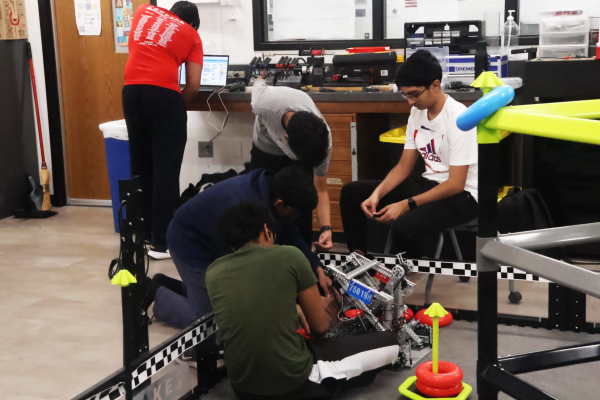
The captain has a leadership role, and they oversee other team members. Sophomore Sahasra Kalakonda and her team, 75019G or SuperNova, placed third at the regional competition.
“My favorite part was being captain of my team because I got to see what each of my team members’ strengths were,” Kalakonda said. “I could give them tasks aligning with those strengths.”
The lead engineer’s job is to research different solutions, ideas and designs to implement in the robot, being the robot’s main builder. The lead programmer programs the robot and executes autonomous coding. The quality control lead ensures the robot works properly. The lead designer designs the robot and draws the plan. The lead documenter writes what happens to the robot, including problems and solutions the team may have encountered.
Sophomore Geetesh Chiturri, who worked on programming and documenting his team’s robot, became interested in engineering and robotics through LEGOs and LEGO Technic.
“I have always had an interest in engineering in general,” Chiturri said. “When I got the email about VEX Robotics, I researched it, and I thought it was really cool so I decided to join with a team of six.”
Chiturri enjoys the camaraderie VRC provides. The groups build the robot as a team, and everyone brings something different to the table.
“Everyone on our team has unique designs and intakes,” Chiturri said.
Kalakonda’s team being all sophomores means they are new to how VRC functions. Being novices comes with its own set of struggles.
“I created a team of six sophomore girls. Sometimes it’s difficult because we’re all new to the organization,” Kalakonda said. “No one really has that experience that we need in terms of building.”
However, those setbacks created a drive for success.
“I feel like my team worked harder,” Kalakonda said. “We took our robot home every weekend to work on it and figure out problems and how to fix it.”
Even the more experienced teams have setbacks. Although the Autobots robot performed well at regionals, it was not competent enough to potentially qualify for the World VEX Championship held at the Kay Bailey Hutchison Convention Center in Dallas.
“We had to build a completely new robot in less than a month,” Chiturri said. “We built it in a week. The next two weeks, we had to program it, test it and fix it.”
VEX Robotics gives students hands-on experience with skills needed in the professional world.
“They are learning decision-making, how to collaborate and working under pressure, which are soft skills you need for any career,” Brown said. “I am trying to get them to understand these important skills.”
Follow @CHSCampus News on X.



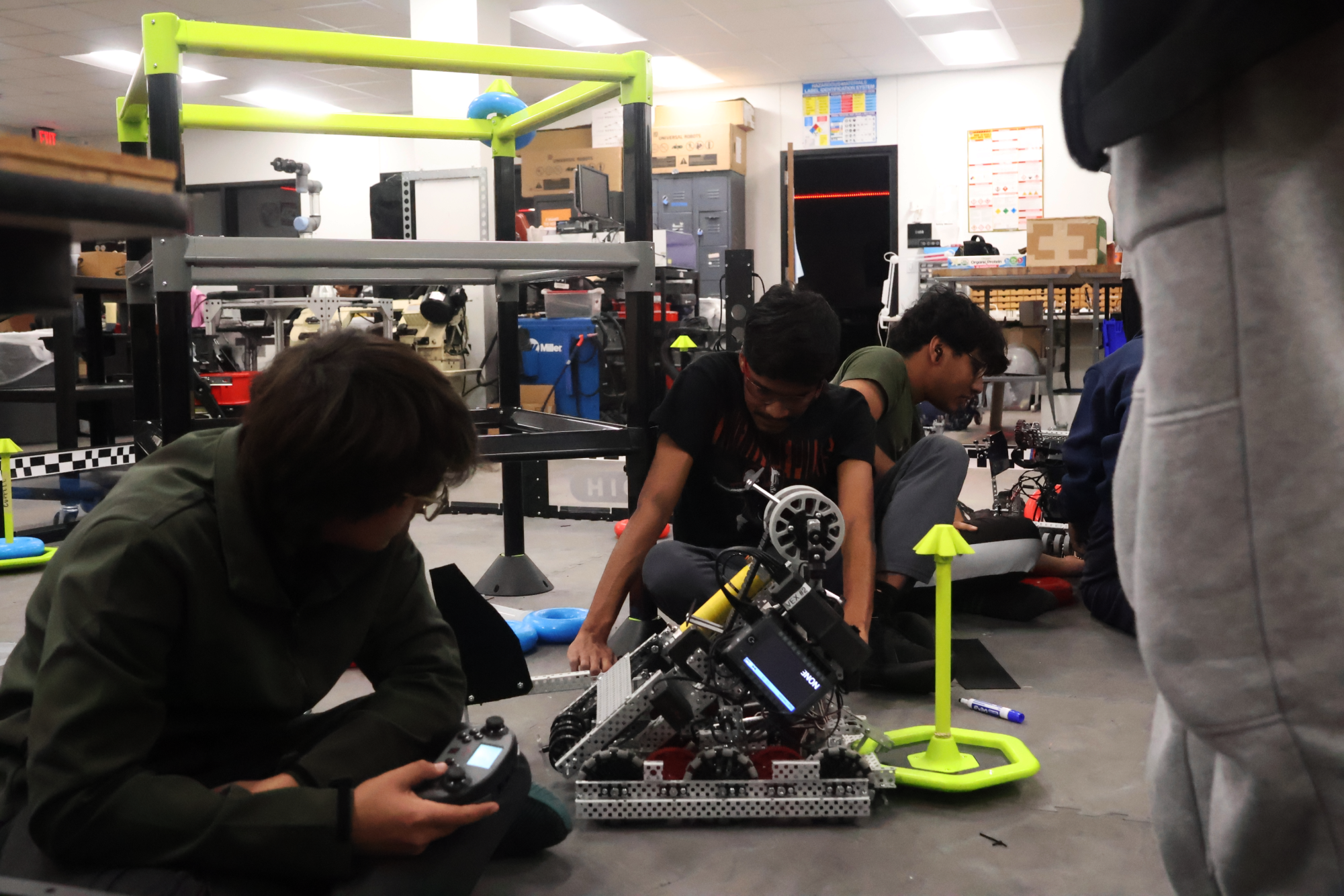
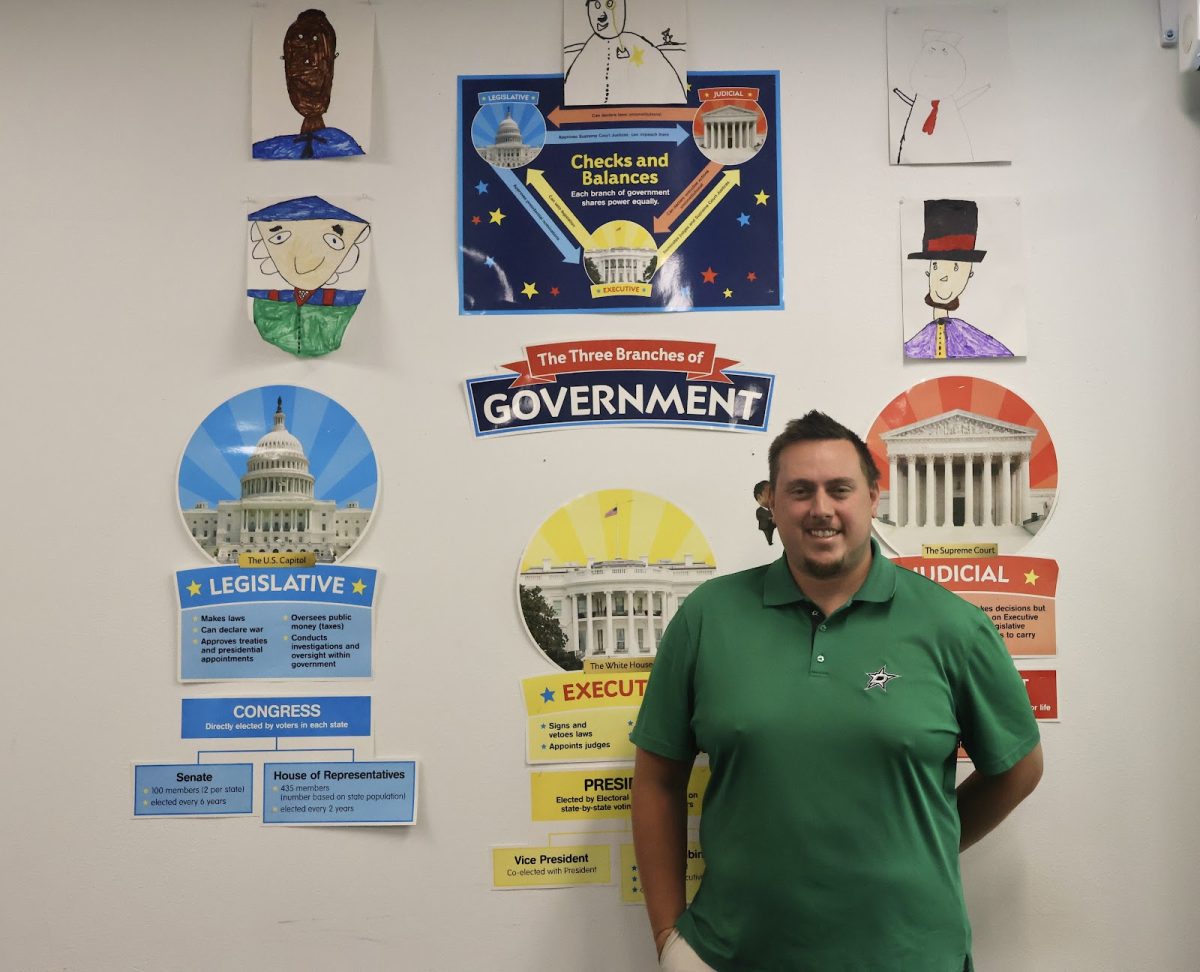
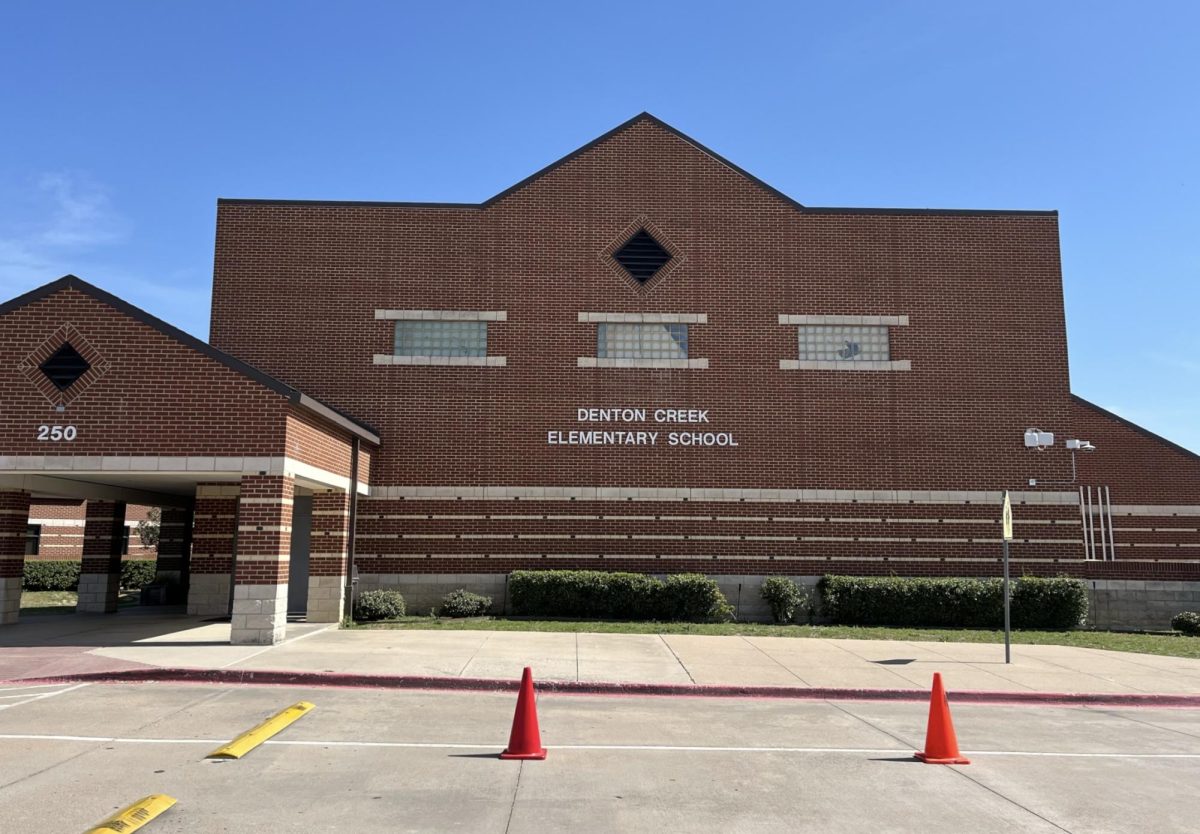
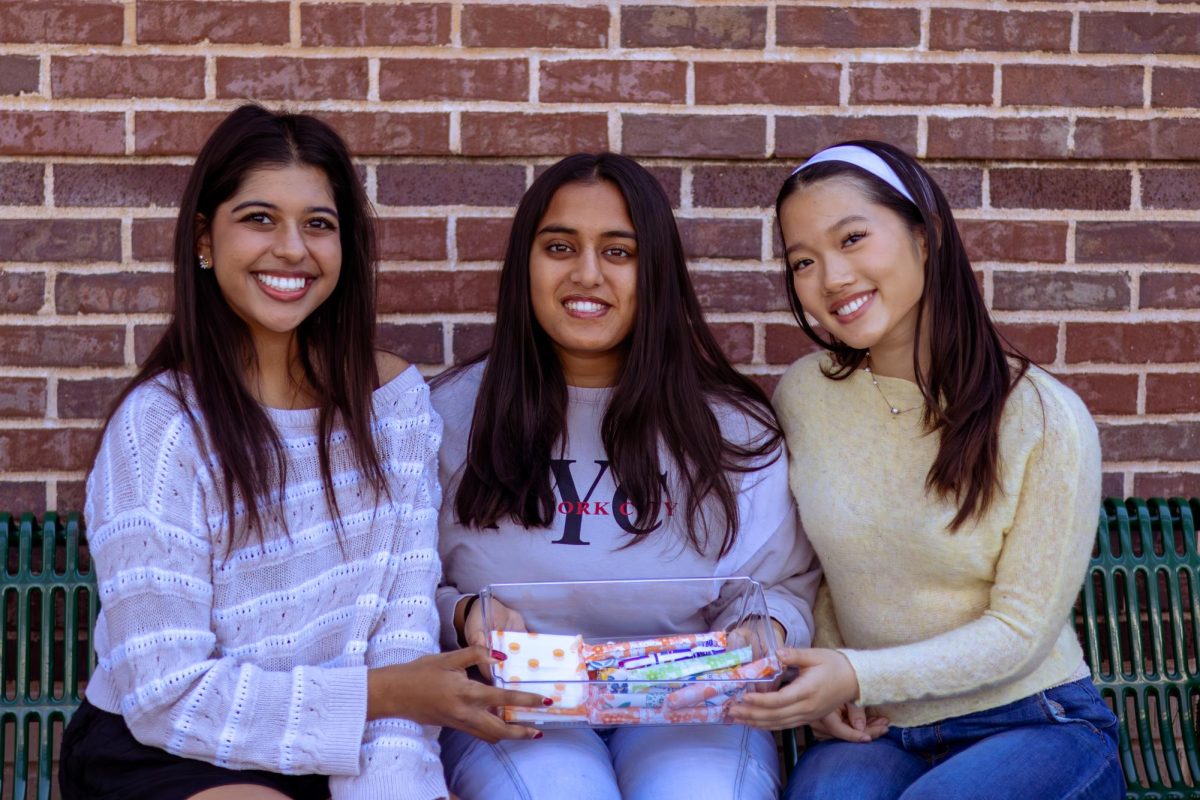
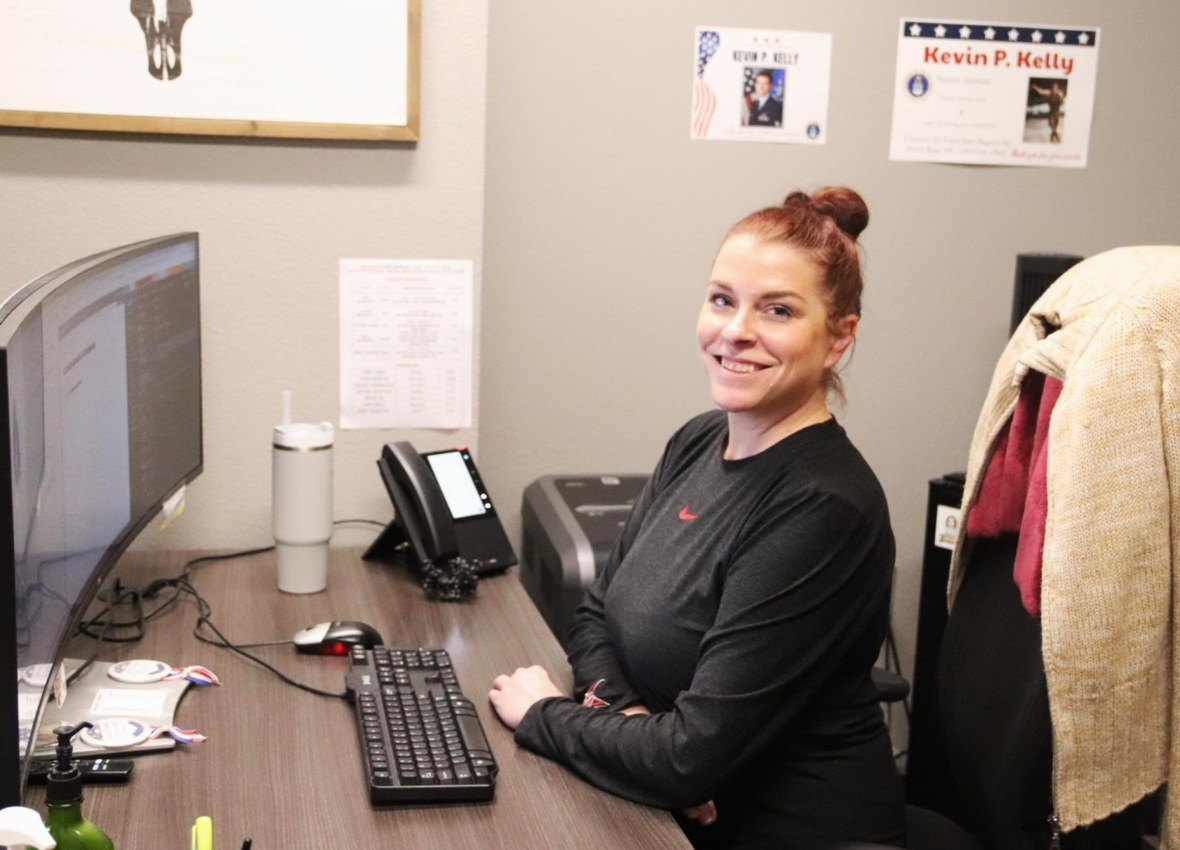
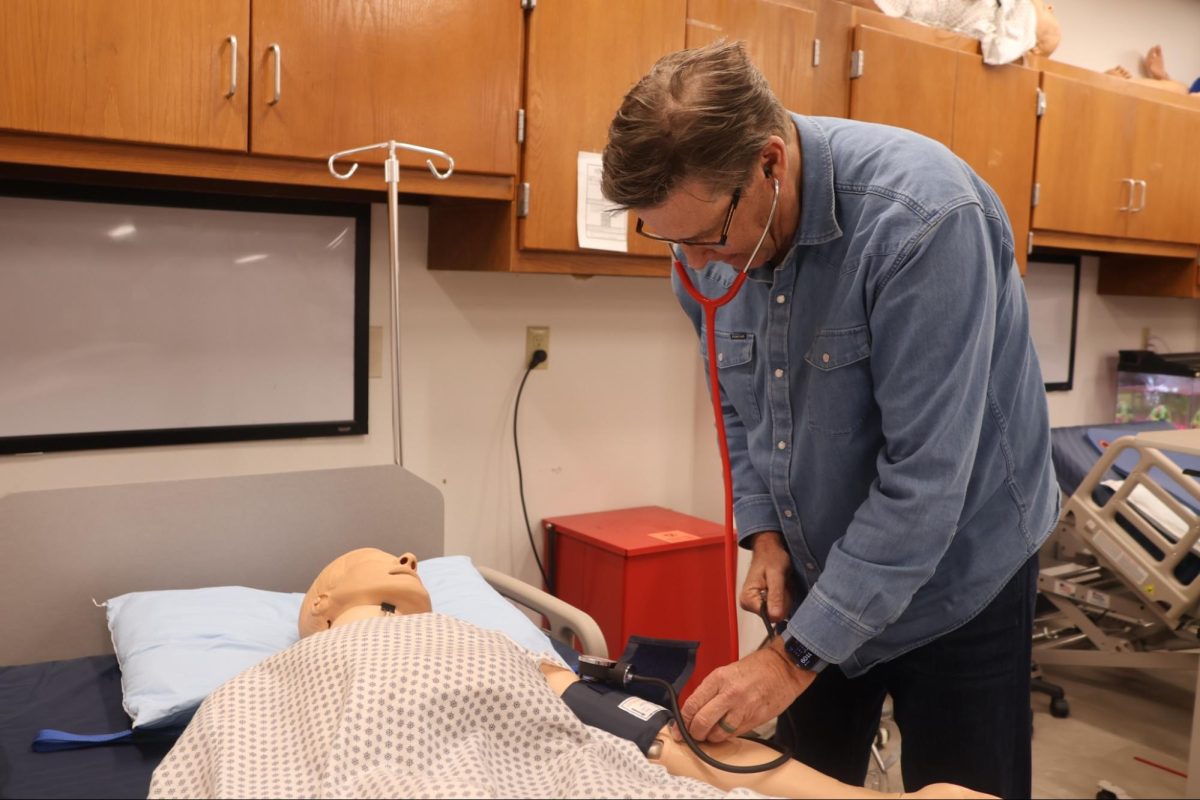
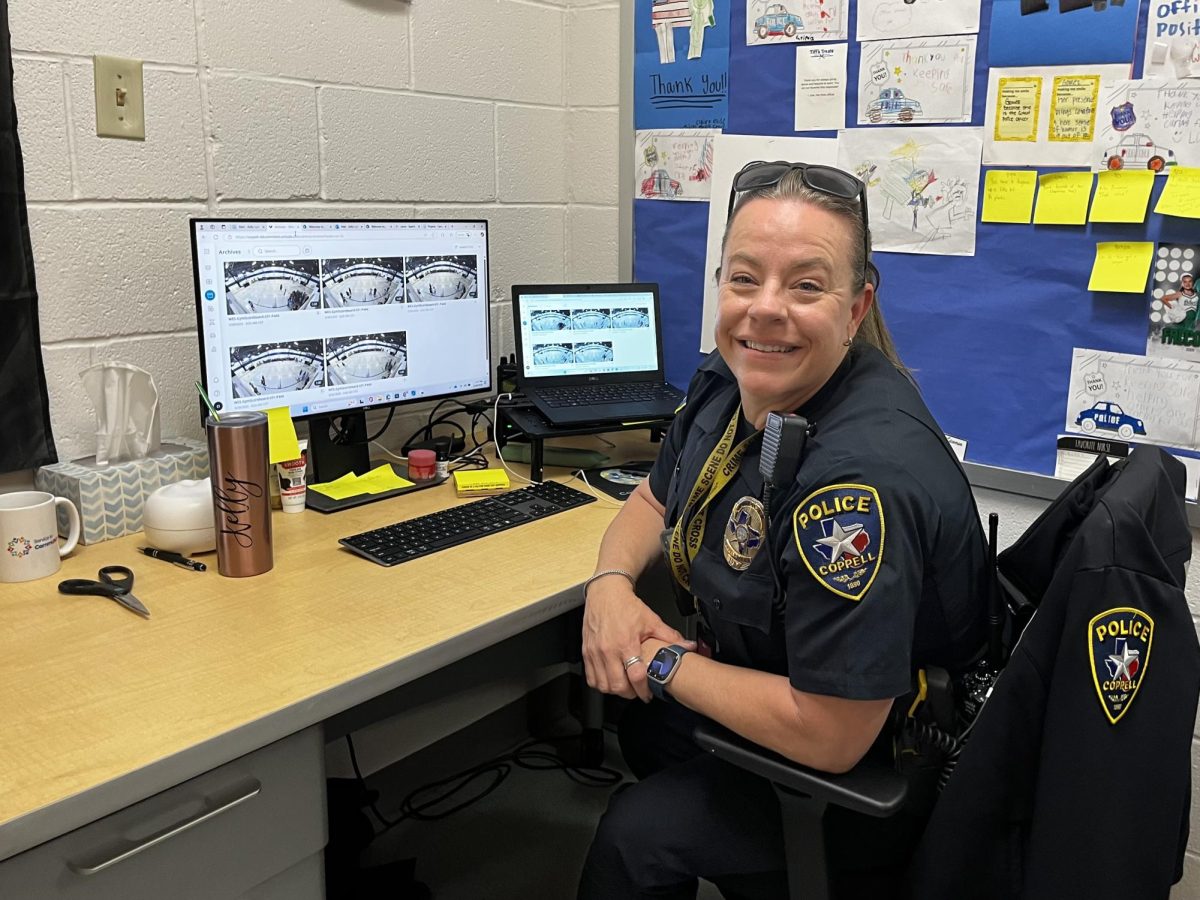
Elizabeth De Santiago • Mar 14, 2025 at 10:18 am
SO GOOD HIRAL!!